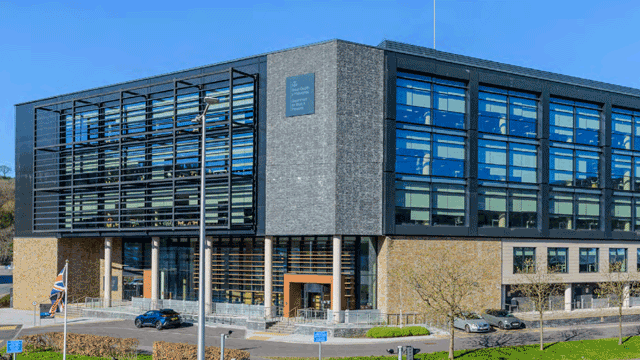London’s office market in 2018 has been characterised by resilience. Rumours of a mass business exodus have been shrugged off as global corporations including Facebook, Sidley Austin, EBRD and BlackRock all pledge to remain in the UK, joining earlier announcements from Deutsche Bank, among others, in 2017 to make long-term commitments to London, writes Stephen Down, head of central London and international investment, Savills
As global occupiers committed to London in the face of Brexit, so too did global investors, with buyers from an ever greater geographic spread transacting. At the point of writing, investment volumes in November are already 12.5% ahead of the long-term annual average.
As Asian investors continue to be the dominant buyer group in London, we have seen the return of South Korean investors in 2018 which, up until January this year had more recently focused on continental Europe. The sale of 200 Aldersgate, EC1 to Samsung SRA for £315m in January triggered a wave of South Korean investment into London, with more than £3bn of transactions by South Korean parties expected to complete by year end. These investors are transacting in London because of the comparative value it offers, with prime yields in the City (4%) and West End (3.25%) considerably softer than other European tier one cities (Berlin 2.9%, Munich 2.9%, Frankfurt 3%, Hamburg 3% and Paris 3%).
Demand from Asia
The rise of South Korean investors has appeared to challenge the dominant lead held by Hong Kong parties in London in 2016/17. However, demand from the latter remains, and the right assets will continue to attract the top prices that Hong Kong buyers, predominantly, are willing to spend as they look to diversify capital by both geography and asset class. This was demonstrated in June by CK Asset Holdings, which paid £1bn for UBS’s headquarters at 5 Broadgate, EC2.
2018 can also be characterised by the return of UK buyers to the London market which, since the EU Referendum, aside from disposals, had been conspicuous by their absence. As net sellers, UK funds had grown to have large weightings of cash in need of reinvesting and London, with greater liquidity and returns than any other city in the UK, made an attractive option. As a result UK buyers have been the largest buyer, and seller, in the West End market (by volume and number of deals) in 2018 to date and also the largest buyer by number of deals in the City, so far.
There is also renewed interest in more opportunistic deals, as investors bet on the long-term strength of London. With BP, IBM, ITV and Goldman Sachs all relocating in the city, their former headquarter buildings each provide 500,000 sq ft to 1m sq ft of development potential which the market will be watching to see where there is appetite to speculatively build.
Pause for Brexit
As we near Brexit, investor groups without time sensitive buying requirements may pause for thought in the first quarter of 2019. Some of these investors will be watching to see if there is any greater clarity for the future of the UK once we leave the bloc. Many of those who choose to wait will be doing so in the hope of getting a better deal. There are investors in the market who are hoping for a disorderly Brexit that creates a further fall in sterling and subsequent buying opportunities.
London’s position as a global safe haven is unlikely to change because of Brexit. Investors invest in London, not just for its position in Europe, but for the property market’s liquidity, transparency and relatively low transactional costs packaged around long leases relative to other tier one cities and a landlord-friendly lease structure. The supply of a talented workforce is why companies continue to build their businesses in London. The capital remains one of the most desirable cities in the world where many want to work, and with its plethora of some of the best office buildings around the globe, London’s commercial property continues to look good value compared with continental Europe.











